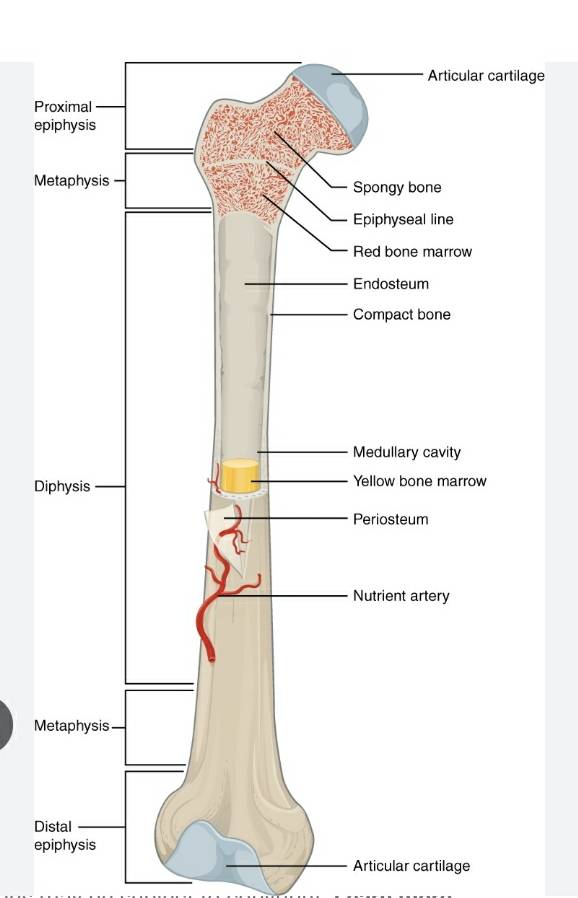Morphology of the Thymus
It is a pink, flattened, asymmetrical structure lying between sternum and pericardium in anterior mediastinum.
It is large in infants weighing upto 70 g while atrophied in adult to about 3g.
The thymus consists of two lobes joined by aerolar tissues.
The two thymic lobes are surrounded by a thin connective tissue capsule.
Fibrous extensions of capsule around the thymus called trabeculae or septa divide thymus into lobules.
Each lobule has:
-An Outer Cortex
Dark-staining outer part packed with lymphocytes, compartmentalized by elongated epithelial cells.
It consists of immature T -cells.
The process of proliferation and selection occurs mainly here.
-An Inner Medulla
Lighter central zone with fewer lymphocytes but more epithelial reticular cells.
It consists of mature T-cells.
It is predominantly the epithelial part, to which cortical lymphocytes migrate before export via venules and lymphatics.
Also, the final stages of selection may occur at the cortico-medullary junction.
Medulla also consists of thymic corpuscles alternatively called Hassall’s corpuscles which are oval structures consisting of round whorls of flattened epithelial cells. They are believed to be aged and degenerated cells.
Functions of Thymus
- T cell (lymphocyte)maturation and development
Immature T cell precursors travel from the bone marrow to the thymus (to become thymocytes) where they generate antigen specificity, undergo thymic education, and then migrate to the peripheral lymphoid tissues as mature T cells.
However, to produce sufficient numbers (millions) of different T cells each expressing unique T cell receptors (generate diversity) such that in every individual there are at least some cells potentially specific for each foreign antigen in the environment. Also, thymus helping selection of T cells for survival in such a way that the chance for an auto-immune response is minimized.
- Production of Hormones
The thymus has an interactive role with the endocrine system. Thymic epithelial cells produce the hormones thymosin and thymopoietin and in concert with cytokines (such as IL-7) are probably important for the development and maturation of thymocytes into mature T cells.


